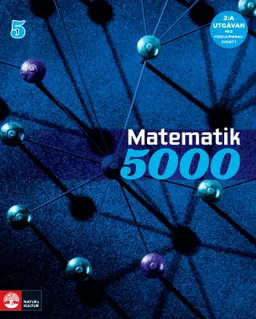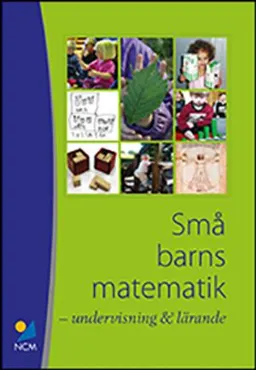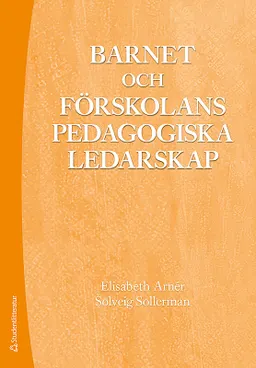

Control and Surveillance of Human African Trypanosomiasis: Report of a WHO Expert CommitteeUtgåva 984 av Technical report series, ISSN 0512-3054Volym 984 av WHO technical report series: WeltgesundheitsorganisationVolym 984 av World Health Organization: Technical report series, ISSN 0512-3054
- ISBN: 9789240691728
- Sidor: 237 st
- Förlag: World Health Organization
Om boken
Åtkomstkoder och digitalt tilläggsmaterial garanteras inte med begagnade böcker
Mer om Control and Surveillance of Human African Trypanosomiasis: Report of a WHO Expert CommitteeUtgåva 984 av Technical report series, ISSN 0512-3054Volym 984 av WHO technical report series: WeltgesundheitsorganisationVolym 984 av World Health Organization: Technical report series, ISSN 0512-3054
Control and Surveillance of Human African Trypanosomiasis: Report of a WHO Expert CommitteeUtgåva 984 av Technical report series, ISSN 0512-3054Volym 984 av WHO technical report series: WeltgesundheitsorganisationVolym 984 av World Health Organization: Technical report series, ISSN 0512-3054 skriven av World Health Organization. Den och består av 237 sidor. Förlaget bakom boken är World Health Organization.
Köp boken Control and Surveillance of Human African Trypanosomiasis: Report of a WHO Expert CommitteeUtgåva 984 av Technical report series, ISSN 0512-3054Volym 984 av WHO technical report series: WeltgesundheitsorganisationVolym 984 av World Health Organization: Technical report series, ISSN 0512-3054 på Studentapan och spara pengar.
Referera till Control and Surveillance of Human African Trypanosomiasis: Report of a WHO Expert CommitteeUtgåva 984 av Technical report series, ISSN 0512-3054Volym 984 av WHO technical report series: WeltgesundheitsorganisationVolym 984 av World Health Organization: Technical report series, ISSN 0512-3054
Harvard
Oxford
APA
Vancouver



















